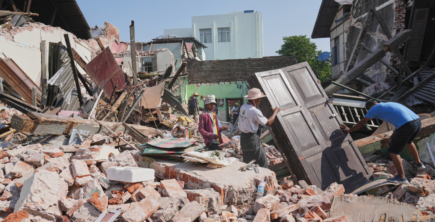
Healthy Individuals & Communities
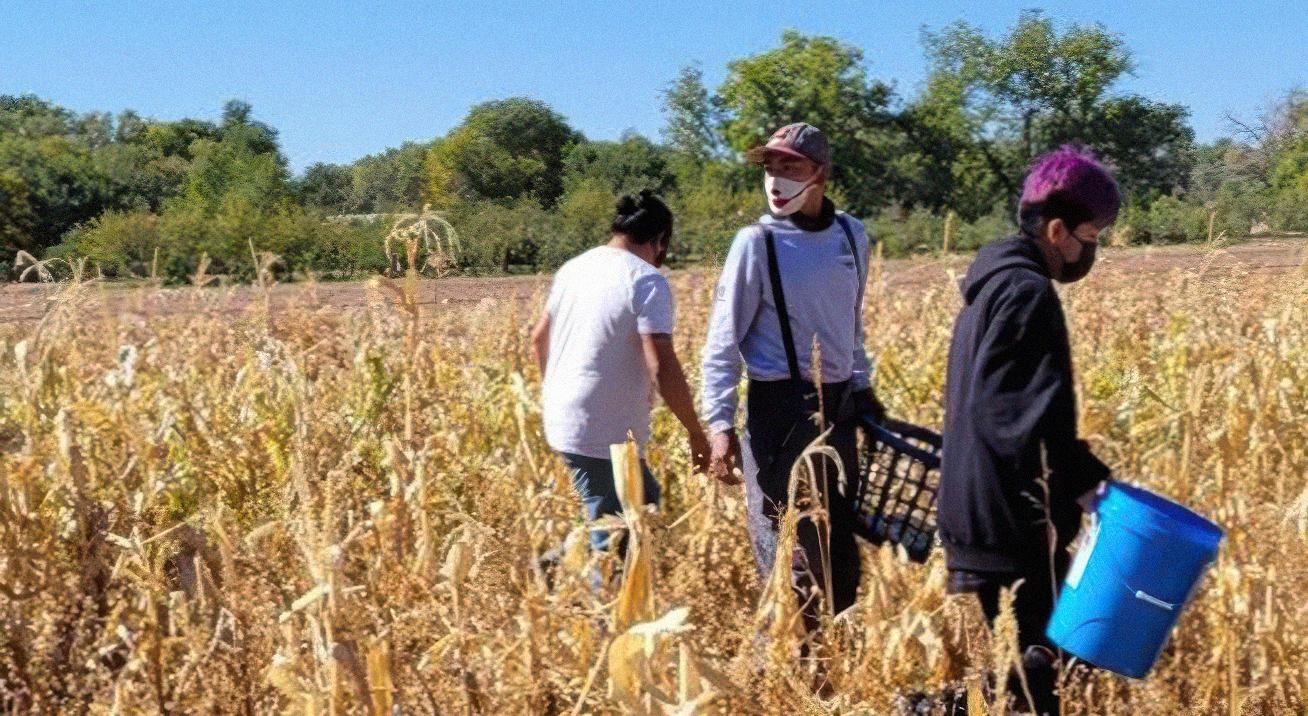
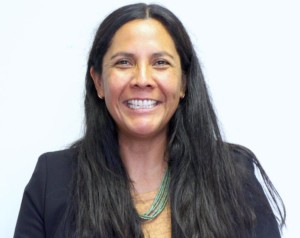
Kara Bobroff, Executive Director of NACA
Kara Bobroff, a Dine’/Lakota woman and citizen of the Navajo Nation, is on a mission to uplift and sustain Indigenous culture and language in her home state of New Mexico and across the nation. With more than 25 years of experience in Indigenous education, Bobroff is drawing attention to the importance of Indigenous culture, focusing on language preservation and sustainable farming practices that support and regenerate the earth. Through the founding of the Native American Community Academy (NACA) in 2006, which weaves Indigenous culture, history, and stories into the fabric of the curriculum, Bobroff aims to draw broader attention to the value of Indigenous perspectives, the power of community and connectivity, and the interwoven fabric of Indigenous life. She aims to have this effort elevate the importance of Indigenous knowledge in the U.S. education discourse, while instilling a sense of pride and purpose in the next generation.
Now in its 15th year, NACA is expanding within New Mexico and nationally to the NACA Inspired Schools Network. As a leader of this movement, Bobroff is cultivating and reimagining a new way of learning—one tied to tradition—and her approach is drawing national attention: she was recognized by President Obama as one of the “Best Emerging Social Entrepreneurs” in the country. In this Q&A, Bobroff shares what it means to be a Dine’/Lakota woman in today’s world, what the NACA teaching model can teach us all, and why she came to Tides to launch The One Gen Fund, a fund that identifies promising, early-stage innovations that create sustainable solutions for Indigenous communities grounded in language, culture, and holistic wellness.
How has your experience as an Indigenous woman influenced your work and where you are today?
My mother and grandmothers had a huge impact on me and I carry their teaching and influence with me in all that I do. They were amazing women and have raised outstanding children and grandchildren. I am the Salt Clan and am linked to a strong line of women who are historically connected to where our family has traditionally resided. Being Dine’ on my mother’s side has special meaning to me given that is where our clan is passed down. Knowing that cultural and historical context grounds me everyday as a leader. Also understanding the importance of education to Dine’ people and its grounding effect in our life cycle and cultural knowledge is something I want to ensure children have for generations to come.
As an Indigenous leader, can you speak more into your work as Founding Principal of the Native American Community Academy (NACA) and NACA Inspired Schools Network (NISN) what that role means to you and to the Albuquerque community?
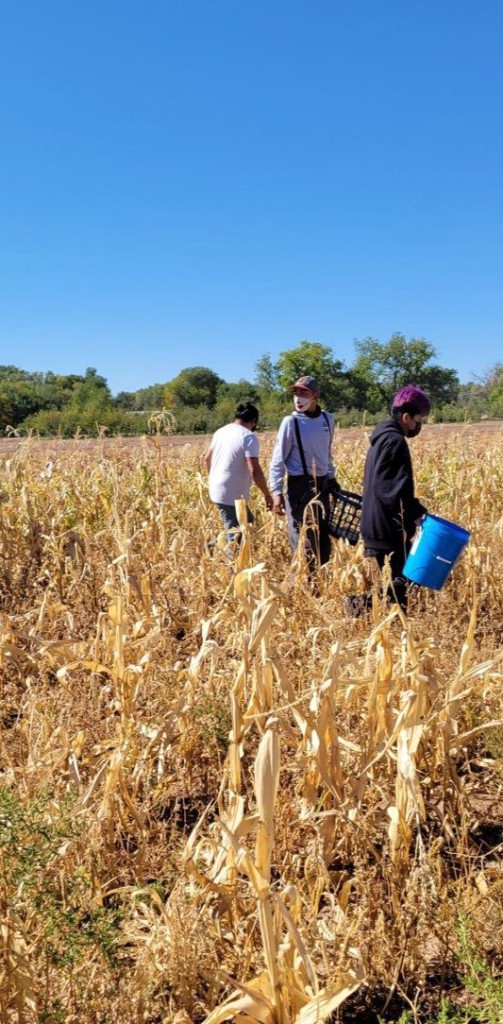
The Indigenous Farm Hub engages Indigenous communities to create a network of farmers and families that strengthen local and sustainable food systems. (Photo © NACA)
With NACA, we wanted to reimagine what education for Native American students looks like from language to culture to identity. We started by engaging and asking our community: what do we want to see for our Native American young people? More than two hundred individuals and partners started sharing their experiences from their own education: what worked, what didn’t work, and more importantly, how their educational experience and life was impacted as a result.
We learned everything, from schools that perpetuated low academic expectations, to lack of cultural awareness, to institutionalized and overt racism, and a devastating lack of curriculum that was relevant to Indigenous children and families. We then asked: what’s your greatest hope, what do you want to see change? This led to the mission of NACA and drives everything that NACA does. The curriculum is continuously updated and refined to meet the needs of our students while innovative practices, like land-based learning and community-driven projects, allow for meaningful learning and connection to Indigenous knowledge. The focus on our core cultural values and community is what makes NACA an exemplar of Indigenous education.
We currently have 11 schools in the network across the U.S. and growing interest from many new communities. Over 90 percent of the student’s day is grounded in Indigenous perspectives and that applies across subjects. Students read Indigenous writers and learn an Indigenous language—Lakota, Navajo, Tewa, Zuni, or Keres. Even science concepts are brought into focus through Indigenous knowledge. And to broaden students’ understanding of their identity, many juniors and seniors do an exchange with one of our sister schools in New Zealand. Throughout, students are encouraged to reflect on their own wellness, growth, and development. This is a strength for our schools and network.
Can you talk more about One Gen and why you came to Tides to help launch this initiative?
“Holistic Culturally Sustaining Equity” is a term I use to express the need to address all aspects of Indigenous life: our language, culture and wellness. Some estimates project that only 20 Indigenous languages will be intact by 2050 if we do not act. If we can get one generation to speak the language and grow the number of fluent speakers, we can sustain and increase our languages and increase the livelihood of our languages, culture, and Indigenous knowledge for generations to come.
We also wanted to ensure communities lead the way when it comes to building a better future for kids, families, and communities. To achieve this goal, we launched the One Gen Fund, with which we set out to address the sustainability of healthy locally grown food, Indigenous languages, education, holistic wellness and economic development. We realize the impact of climate change and the need for a holistic vision that will change the damaging trajectory of what is happening to the earth and world and the deep-seated impact of unresponsive education systems and lack of access to healthy living and culturally responsive learning.
The support of the Tides Center was very important to us in this work. Tides is an aligned partner that understands the need for social change and holds a commitment to racial equity. We have a very supportive and values-aligned team that is essential in getting our work off the ground.
Through One Gen, you’ve started the Indigenous Farm Hub. What is it and how does it support Indigenous knowledge and systems?
The Indigenous Farm Hub engages Indigenous communities to create a network of farmers and families that strengthen local and sustainable food systems. The Farm Hub does this by providing access to healthy foods, building sustainable systems for farmers and local communities through land reclamation, and by reconnecting the bond between language and culture and Indigenous agricultural practices.
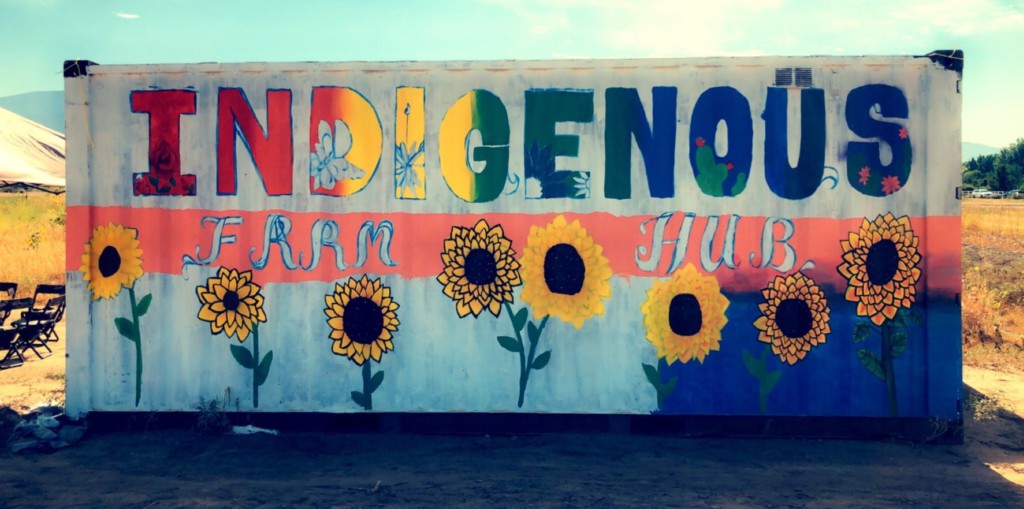
Through a community-based approach led by Indigenous leadership, the Farm Hub aims to revitalize Indigenous languages and land-based customs, renew traditional agricultural practices while developing modern-day business models; and facilitate Indigenous food access and sovereignty with Indigenous communities. As an agricultural educational and experiential facility, we aim to incubate and create a network of sustainable farm operations dedicated to food access and economic opportunities serving Indigenous communities.
Why is the Farm Hub so important now? Any success stories you can share?
Throughout time, Indigenous people have thrived in living in partnership with the land. They have used farming practices that respect, sustain, and regenerate the earth. Indigenous farmers are resilient, persistent, and ingenious in respecting the land while providing food and medicines for their people.
Conversely, the current food system in the U.S. has been designed to disrupt the traditional connections Native American communities hold with the land. The Indigenous Farm Hub’s efforts are centered on the strengths of Indigenous communities’ food sovereignty and provide direct access to healthy foods that simultaneously bring prosperity to local, Indigenous farmers.
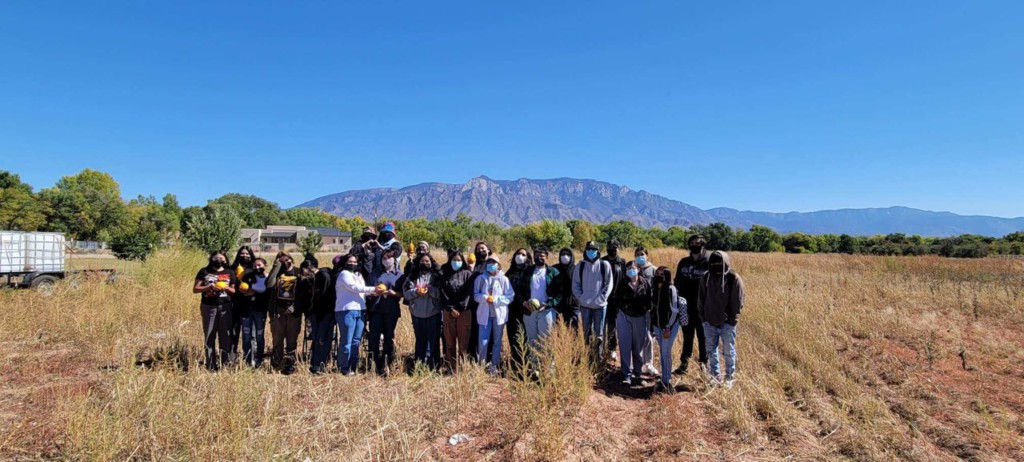
Within five years, the Indigenous Farm Hub will launch the working farm educational community facility that will support and grow 15 farm projects.
In our first year of operation, we provided 100 families with a Community Supported Agriculture (CSA) food box weekly throughout the season. Each of our families receive fresh and seasonal produce that is locally grown. Our greatest accomplishment is the collaborative partnerships that we’ve forged with other Indigenous organizations and schools, which will be even more critical as we grow our farmers’ service areas.
For example, recently, we had the opportunity to work with a Navajo family to reconnect their interests in traditional farming. We planted blue corn from the family’s great-grandmother’s seed collection. The process of preparing the soil and planting and cultivating the corn through harvest with the family members was a beautiful endeavor—they experienced a newfound excitement to farm their land. This speaks to the power and importance of the Indigenous Farm Hub’s purpose. The seeds were family seeds from 45 years ago and the family shared that it was truly a gift and blessing to have reinspired their farm.
What’s your vision for the Farm Hub in five 10, 15 years?
We have a lot to look forward to! Within five years, the Indigenous Farm Hub will launch the working farm educational community facility that will support and grow 15 farm projects. We will also purchase farmland in central New Mexico that will be a space for farm production, a place of gatherings for families and students to engage in land-based learning, and a place for farmers to share and grow their skills, knowledge, and resources to launch or scale their own community-centered enterprise. In 10 to 15 years, we want to expand upon our sustainable farm enterprises to reach more and more communities around the nation, including Dine’ Nation, New Mexico, and with partners across the region who are called to this work as we have been with the NACA Inspired Schools Network.
Can you speak into the historical funding gap that exists between Indigenous led and serving leaders in the social change sector and what role philanthropy can play?
Philanthropy and the world can learn so much from Indigenous knowledge, and the philanthropic sector could easily ensure that a certain percentage of any initiative includes Indigenous-led organizations. Of the total annual funding provided by U.S. foundations between 2002-2016, only 0.4 percent went to Native American communities and causes. The Native American population composes 2.09 percent of the entire U.S. population and is disproportionately represented among statistics that demonstrate barriers to opportunity that philanthropy is ostensibly committed to solving, including poverty, high school graduation, work force, access to capital and health disparities, among others.
Philanthropic entities should assess their own funding practices by ensuring that Indigenous-led organizations are included and supported as the starting point of any initiative or program area and build further inclusivity from there.
The need for increased resources is one area for improvement and equally important is the recognition of the origin of ideas and success of Indigenous-led and Woman-Led Organizations. As a Dine’/Lakota woman, I’ve experienced first-hand the lack of funding to start a charter school and network as compared to white male peers doing the same work. It’s clear that resource inequity exists in many industries among women and people of color and that holds true in the philanthropic sector.
Furthermore, philanthropic entities should assess their own funding practices by ensuring that Indigenous-led organizations are included and supported as the starting point of any initiative or program area and build further inclusivity from there. There are hundreds of organizations that are deeply grounded in Indigenous values who serve their community on a daily basis and are doing outstanding work. It’s essential that we recognize that these organizations hold the answers and are committed to their community. I’m forever grateful for all of our philanthropic partners and allies who have invested in our work for the past 15 years and continue to do so today. I say whole heartedly that NACA, NISN, and One Gen would not exist today without the unwavering support.
How do you celebrate Indigenous Peoples’ Day?
The fall and the officially recognized day of Indigenous Peoples represents a special time of year to reflect as an entire world and community. Being Indigenous to me means that I know where I come from and that I ground myself in the values of my family, community, and ancestors. It also means I keep a strong vision and act toward a positive and holistic future that reconnects our communities and strengthens languages, culture, and wellbeing for all. I’m grateful for those who came before me and demonstrated perseverance. I think of my grandparents, great grandparents, and parents daily in the work I do and the life I lead.
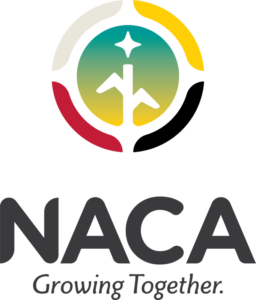
Since NACA’s Inception in 2006, we have held a feast in celebration of Indigenous Peoples’ Day that brings together our students, families, community, and staff. We select a focus area aligned with our core cultural values (respect, responsibility, perseverance, culture, community/service, reflection) of our school and community and invite an elder and students who uphold those values to join us as keynote speakers to share their experience, knowledge, and perspective on the world.
In addition, we host student speakers, families, and feed our community. It’s a truly amazing day. Opening up to your community and hearing from one another about why our Indigenous people have succeeded and thrived highlights our history and impact in real-time. Initially, we served 90 students and families and had 200 people in attendance. Today, we have 450 students and families and about 1,000 people join us.
For Indigenous Peoples’ Day this year—and every year—I hope the Tides community can connect with their loved ones, reflect on the meaning of life, and the importance of caring for our land and for one another while thinking and acting with the generations to come in our mind and hearts. Ahe’hee’!

Healthy Individuals & Communities
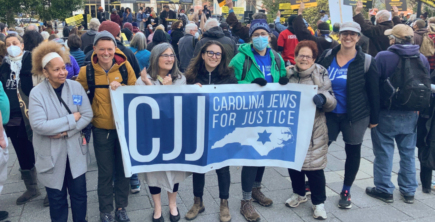
Our Community
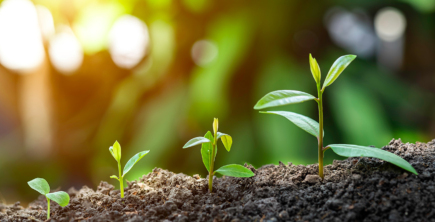
Philanthropy
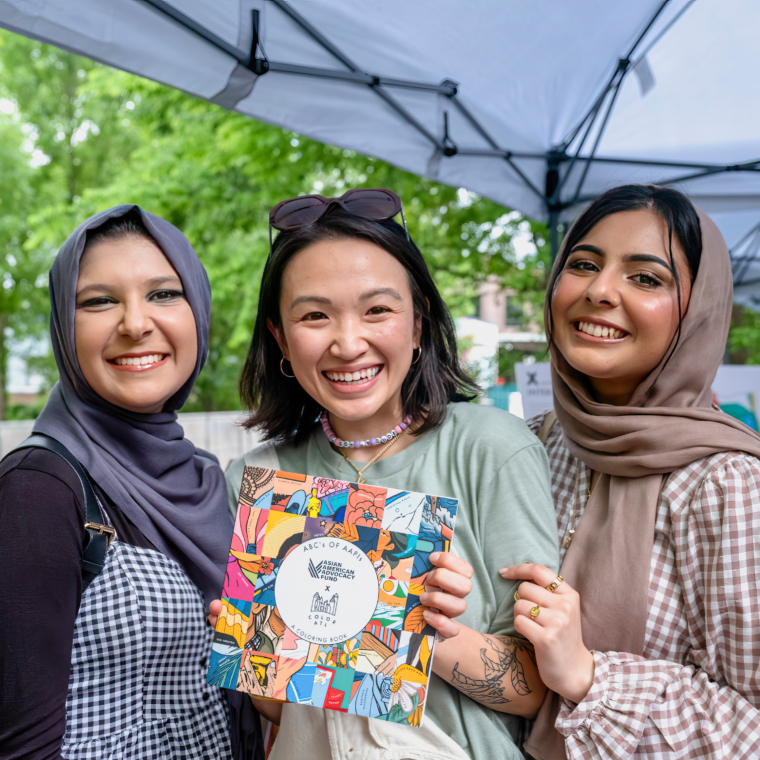
Read the stories and hear the voices of social change leaders fighting for justice.